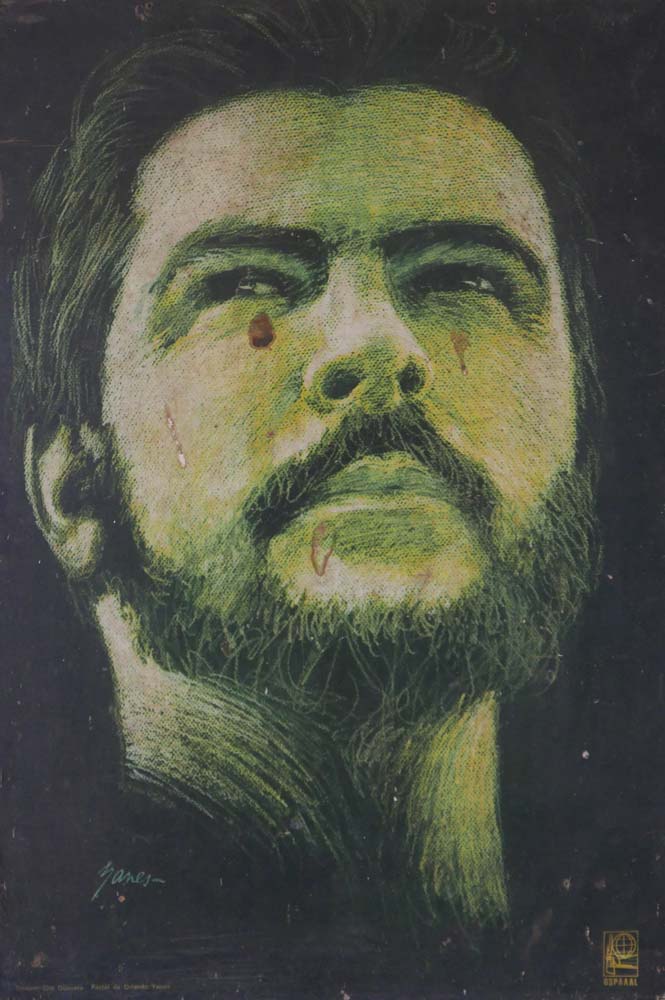Talking about Central America’s history has two recurring milestones: the conquest of the Spaniards in the 16th century, and the unashamed geopolitical power games of the United States in the 20th century. The harshest example of the latter is the history of Nicaragua.
Should we start with the end?
In this case we should. Because the current political situation of Nicaragua is unfortunately a good example of revolutionaries becoming dictators themselves.
Daniel Ortega was one of the leading people of the FSLN, the Sandinista guerrilla movement responsible for overthrowing the Somoza dictatorship in 1979. He became president in 1984, but lost subsequent elections in 1989 and had to wait until 2006 to get his seat back.
From that moment on he seems determined not to let go of the presidency anymore. The two-term limit for presidents was removed in 2014, which already led to protests in the streets. Things got really ugly in 2018, as social welfare reforms were the spark in the powder keg. Government forces staged a brutal crackdown on the protests, killing several hundred people and freedom of expression with them as well. Since then, things have become more quiet, but the conflict eliminated tourism, one of the main income streams for Nicaragua nowadays.
You said Somoza. What about him?
He engineered the assasination of rebel leader Augusto Sandino in the 1930s. After getting rid of the president, he founded a dictatorial family dynasty lasting until 1979. The last Somoza fled the country after Sandinistas won the Civil War, and was killed a year later by secret agents of Nicaragua in Paraguay.
You mentioned Sandinistas and this Sandino guy. Are they connected?
Of course. The story of Nicaraguan guerrilla warfare goes back to the 1920s. By that time there was a conservative regime, installed by the United States, because they didn’t want to have their Panama canal project threatened by a Nicaraguan canal connecting the Caribbean with the Pacific.
Liberal rebels such as Sandino joined forces with peasants to fight US involvement in the region. The United States though trained the National Guard forces of the government, crushing the insurrection for now. It also paved the way for the Somoza dictatorship.
But with the killing of Sandino, the guerrilla movement didn’t die with him. In 1961 Carlos Fonseca (known from the student movement) and Colonel Santos Lopez (an old patriot of Sandino) formed the FSLN Frente Sandinista de Liberacion Nacional), named after the former revolutionary leader.
After a decade of civil war, in which the Somoza dictatorship lost the remaining goodwill of the population because of corruption during the reconstruction activities after the 1972 earthquake, the FSLN crushed the government troops. The FSLN is also still Daniel Ortega’s party.
So that was it with the US influence?
You’d wish. Especially the newly installed Reagan regime was worried about Cuban and Soviet advisors present in Nicaragua. They immediately started to fund Contras (counterrevolutionary groups), initially mainly ex-Guardia Nacional soldiers operating out of Honduras and Costa Rica.
The CIA also plotted to mine the harbors in Nicaragua. The International Court of Justice ruled against the US in this case, but repatriation money was of course never paid.
By 1985 Congress stopped funding for the Contras. Remember: Nicaragua is not owned by America… Anyway, the Reagan administration and the CIA set up an illegal arms deal with Iranians, using that money to secretly continue funding the Contras. The CIA also drafted training manuals for the Contras how they kould kill Nicaraguan officials. In 1987, there was finally a peace deal between Contras and the government.
The US still wagged its tail. It supported the UNO party during the elections in 1990 and won. Violeta Barrios de Chamorro took over the presidency, also helped by disillusionment amongst the population about the stalled economic progress under the FSLN. Her successor Arnoldo Aleman, a liberal, was flagrantly corrupt. That, in the end, paved the way for the return of Ortega in 2006.
So where is the country now?
It’s a mixed bag. The dictatorial tendencies of Ortega have not damaged his support amongst the population: if you speak to Nicaraguans, they are either for or against him, there is no middle way.
And admittedly he did bring some stability. Until the 2018 protests, tourism grew in a healthy and sustainable way and infrastructure was improved. Healthcare became free and there were no nationalizations, as was originally feared by the business sector.
But… Nicaragua is still one of the poorest countries in the Americas, which is quite an achievement considering the competition. And the 2018 unrest also killed economic growth for the time being.

